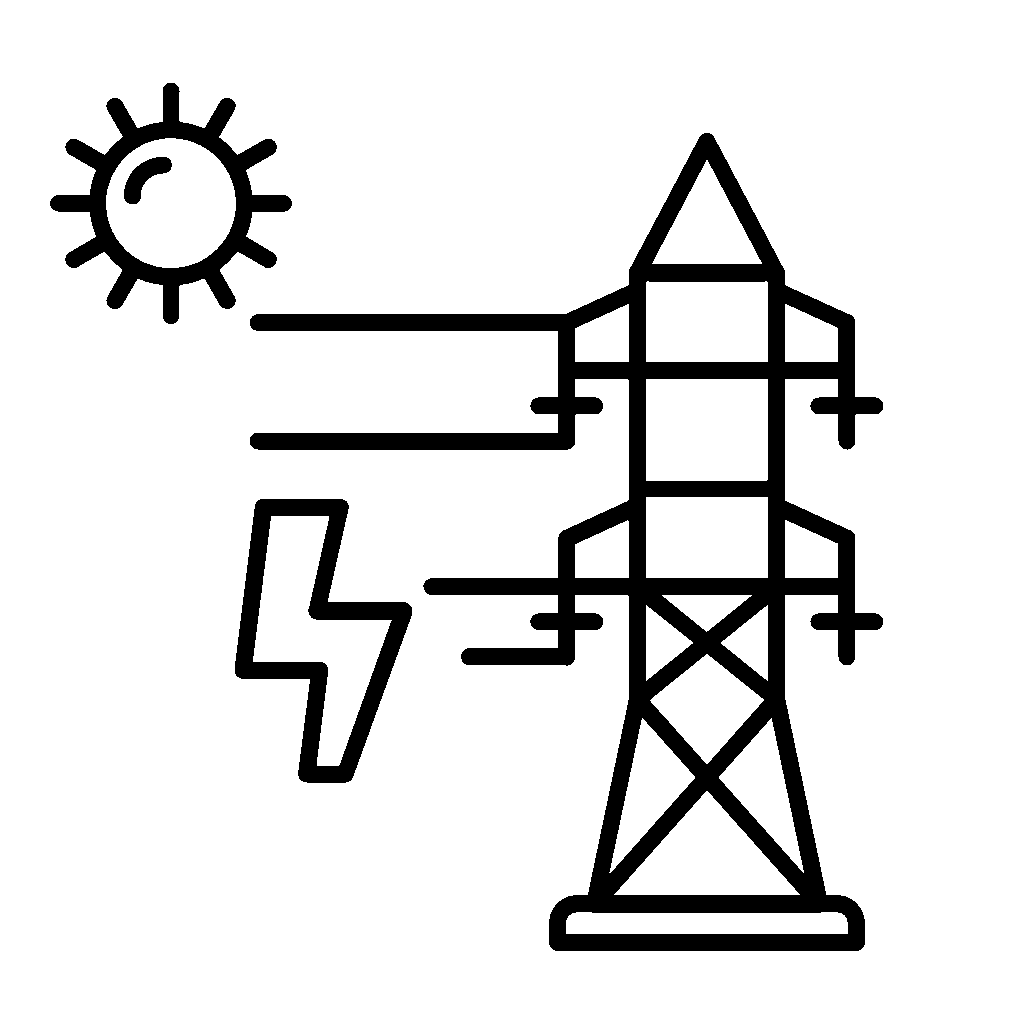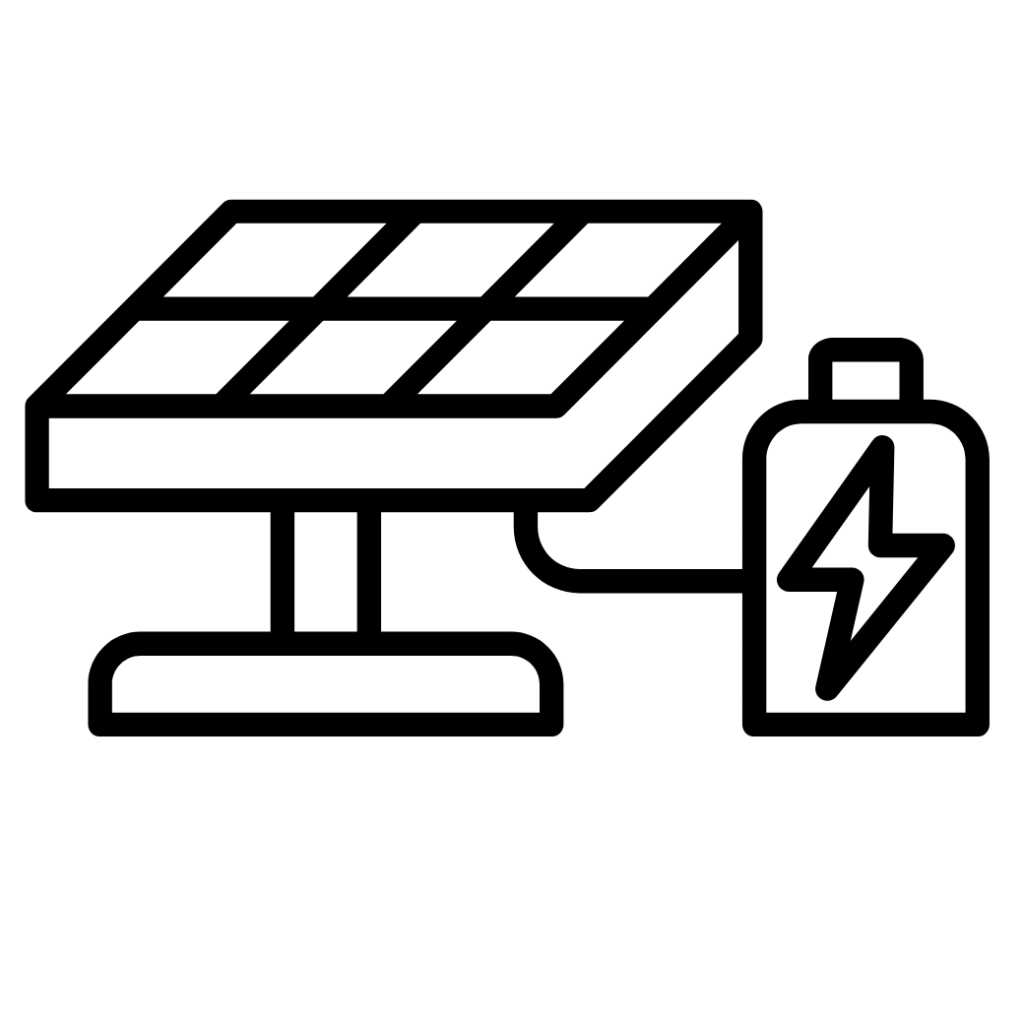CEC approves permit Intersect Power’s Darden Energy Project in the southwestern Central Valley using AB 205 (2022) created a process to streamline renewable energy permitting
On June 11, 2025, the California Energy Commission voted unanimously to approve a permit for the country’s largest solar and battery project to date Wednesday via a new permitting process to streamline certain renewable energy projects.
The Intersect Power’s Darden Energy Project in the southwestern Central Valley includes solar panels that can generate 1,150 megawatts, roughly enough to power 862,500 homes, as well as a giant battery that can keep those homes powered for four hours and a substation to connect to the grid.
The vote is the first project approved under a new opt-in streamlined permitting process established by a 2022 state law, AB 205. The law is aimed at shortening review timelines and circumventing local opposition in service of California’s goal to rid its grid of greenhouse gas emissions by 2045. AB 205’s new one, stop, 270-day certification process is explicitly in lieu of any permit, certificate, or similar document required by a state, local, or regional agency, or federal agency, to the extent permitted by federal law, for those facilities. That is, the law effectively sidesteps local permitting obstacles. (source)
In deference to local authorities, the legislation does require the Energy Commission to forward applications to a local government having land use and related jurisdiction in the areas of the proposed site and related facility and would require the local agencies to review the application and submit comments on the application, as provided. The legislation further authorizes local agencies to request a fee from the Energy Commission to reimburse the local agency for the actual and added costs of the review by the local agency. (source)
This is not an example of state-local coordination, but rather an example of the state imposing a solution to sidestep a role normally under local jurisdiction. State and local leaders should monitor this project and others approved under this new certification to determine whether this was an effective way to fast-track clean energy, or simply another assault on local control.













